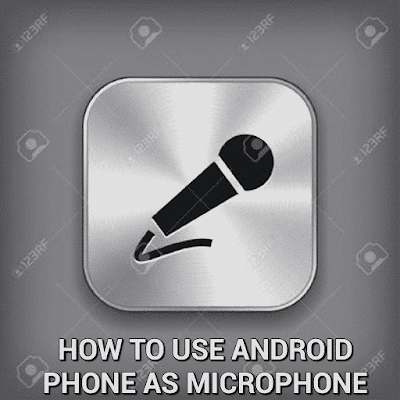Use Speaker As Microphone

Windows 7 allows sounds picked up from your microphone to flow directly to your speakers, so you receive instant feedback from what you're recording. As an example, if you were recording a training tutorial for your employees, you might want to hear your words as you say them to gauge quality. However, this method works considerably better if you connect a pair of headphones to your speaker's headphone jack to prevent the sounds from feeding back into the microphone. However, if you're speaking into a directional microphone, reducing its sensitivity and keeping it away from your speakers will minimize feedback even when using speakers.
In Windows 7:1) Right click on the speaker icon 🔊 in your system tray (bottom right of your screen). Go to Recording devices.2) Locate your microphone in the list. I am assuming it is not disabled as you mentioned examples of it working previously. Right click, go to Properties.
How To Use Speaker As Microphone
(Or double click the same Microphone entry)3) Switch to the 'Listen' tab, check off 'Listen to this device'. While Listen is checked, your microphone will be audible through your speakers, and in a more advanced facet, through stereo mix. So if you wanted to record your Mic and Stereo Mix, this is how you would do it, but at the expense of being able to still hear your mic (it throws most people off, like myself).
Best Answer: Technically, a speaker is exactly the same as a dynamic mic, just in reverse. It's just a magnet and coil. It's just a magnet and coil. In fact, I have used 6 and 8 in. Woofers as low frequency kick drum mics many times.
Not unless they are designed to usually. A speaker and a microphone are two very similar devices. They are a magnet, and a coil, connect to a diaphragm (in a speaker, it's the “cone”). Speakers (regular ones) do act as mics, albeit not all of them. Looking to use a auto speaker as a microphone so to capture a broader range of frequencies – down to 20 Hz. I've read I would need at least a 6 inch diameter to best capture the lower wall shaking frequencies. I was wondering what other electronic characteristics I should look for.